The automotive world is changing fast, and with that change comes the loss of some beloved features. As cars become more high-tech, certain classic elements are fading away. But which of these features will you really miss?
1. Manual Transmissions
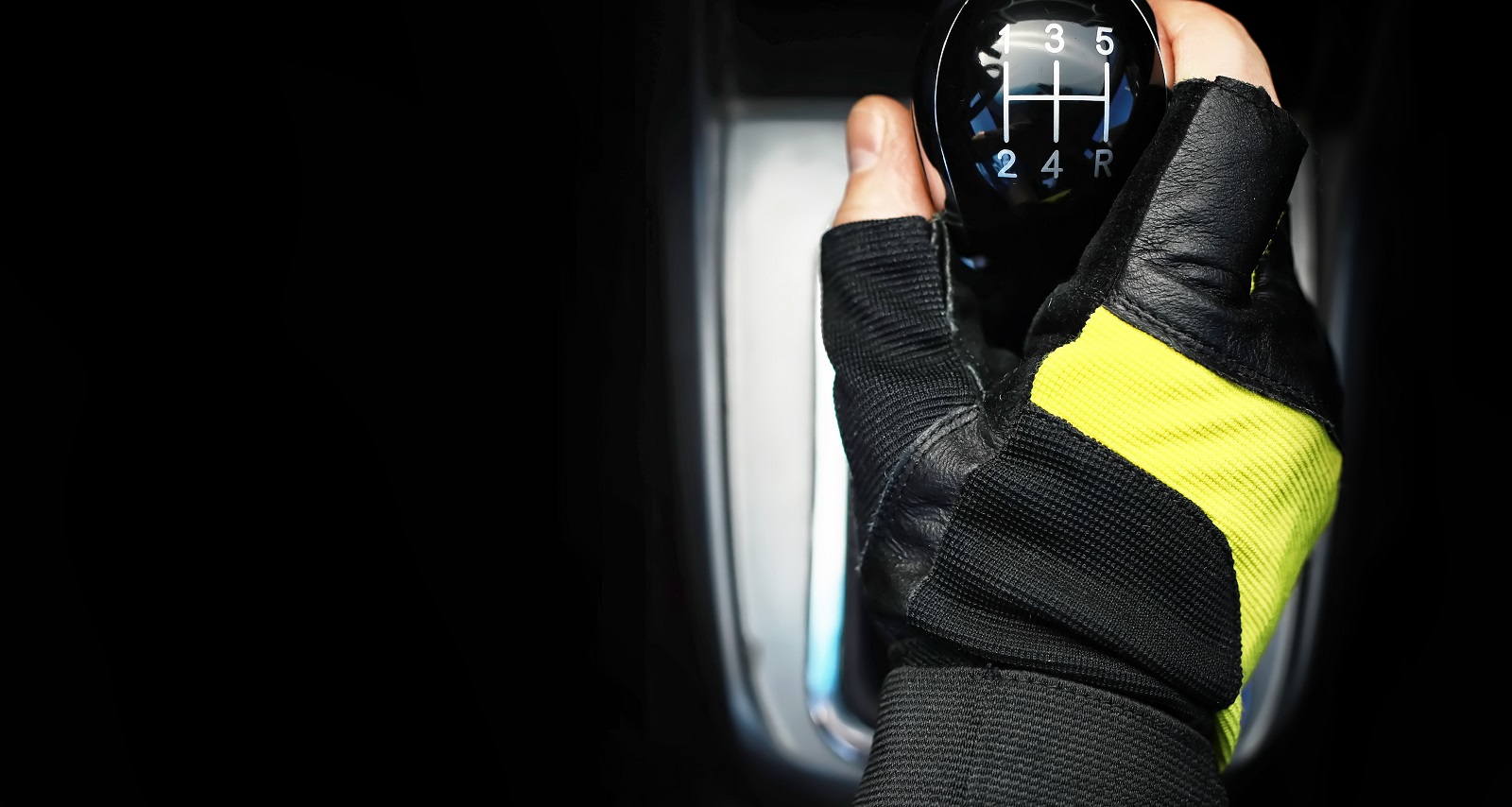
Image Credit: Shutterstock / Chatham172
The manual transmission is becoming a relic. According to Edmunds, only 1.7% of cars sold in the U.S. in 2020 had manual gearboxes, and major manufacturers like BMW and Volkswagen are phasing them out entirely.
2. Physical Key Ignitions

Image Credit: Shutterstock / Prostock-studio
The satisfaction of turning a key to start your car is vanishing, replaced by push-button ignitions and smart keys. Ford, for example, has integrated push-button start across nearly all of its lineup, leaving behind the tactile pleasure of a traditional key.
3. Analog Gauges

Image Credit: Shutterstock / shine.graphics
Digital dashboards are taking over, and analog gauges are going extinct. Cadillac has transitioned most of its models to fully digital displays, marking the end of an era where a physical speedometer and tachometer were standard.
4. Spare Tires

Image Credit: Shutterstock / antoniodiaz
More automakers are ditching spare tires to save space and weight, relying on run-flats and repair kits instead. A 2021 survey by AAA found that 28% of new vehicles no longer come with a spare, leaving drivers potentially stranded.
5. Handbrake Levers
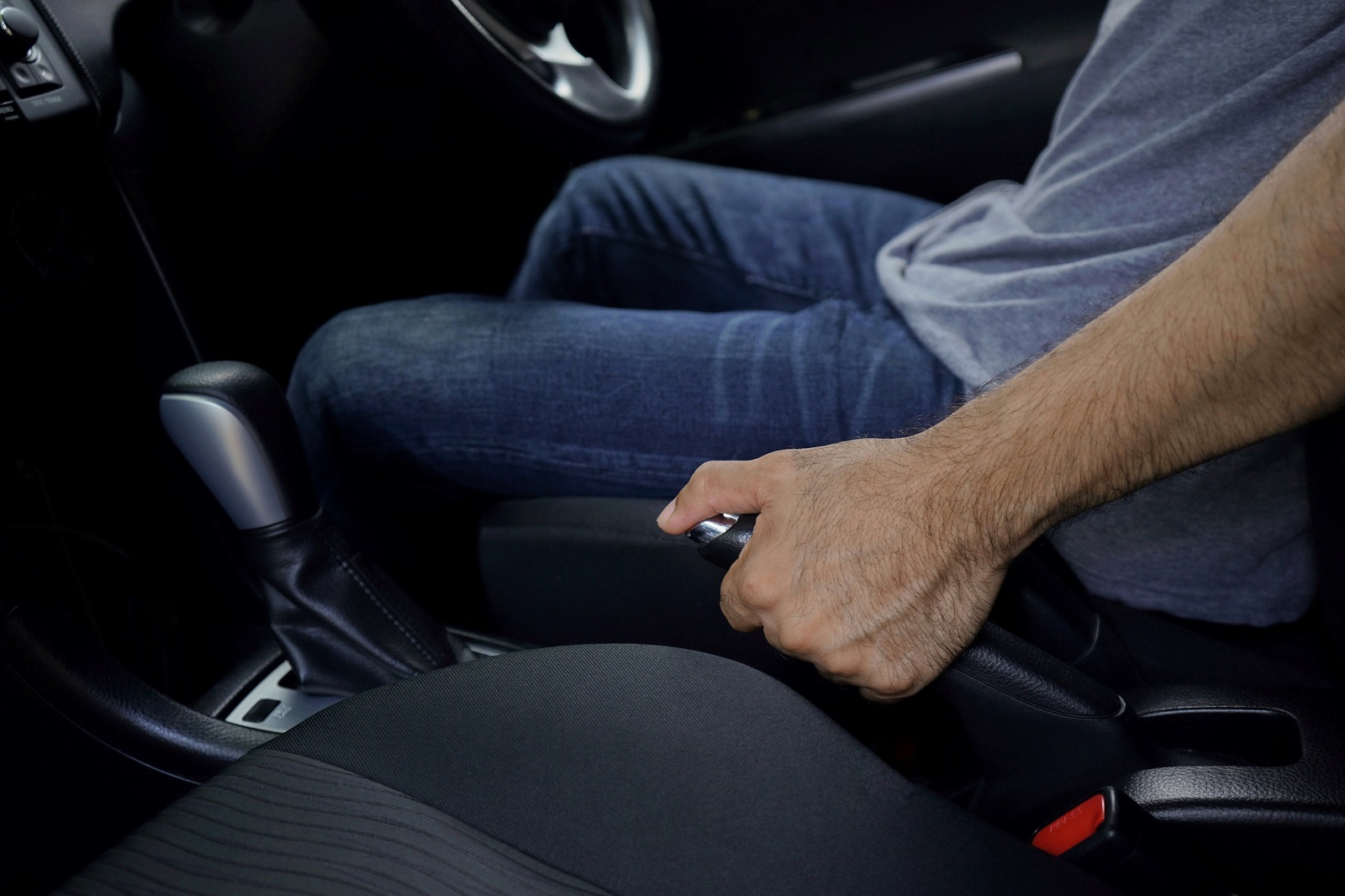
Image Credit: Shutterstock / Mr.Anuwat Rumrod
The iconic handbrake lever is being replaced by electronic parking brakes in many new models. Brands like Audi and Mercedes-Benz have fully embraced this shift, making it harder to perform that classic handbrake turn in a snowy parking lot.
6. Hydraulic Power Steering
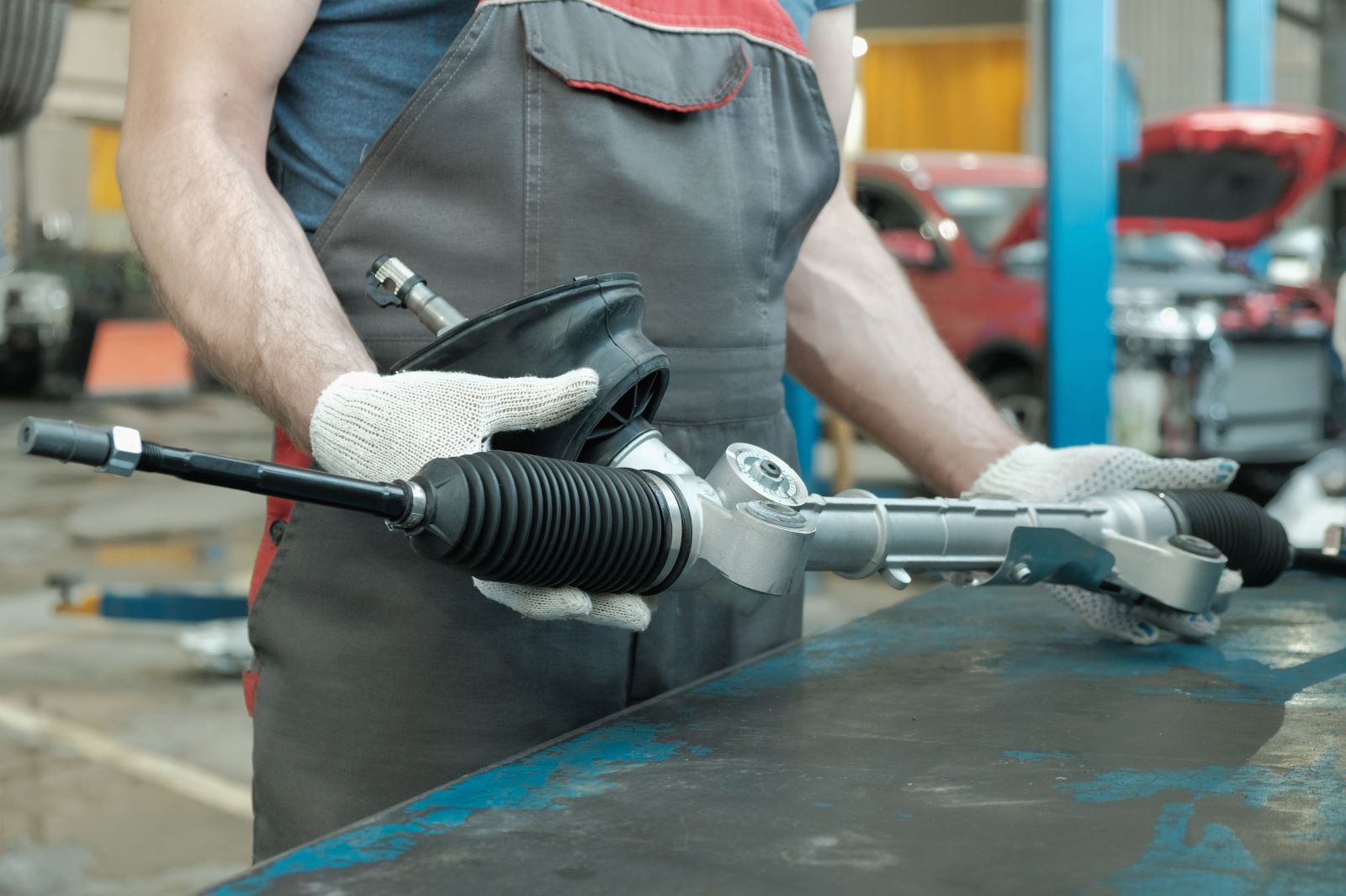
Image Credit: Shutterstock / Palitsyn Evgenii
Hydraulic power steering is being replaced by electronic systems for better fuel efficiency and driver assistance features. This shift, adopted by manufacturers like Chevrolet, is making steering feel less connected to the road, taking away some of the driving pleasure.
7. CD Players

Image Credit: Shutterstock / l i g h t p o e t
CD players are fast becoming a thing of the past, replaced by Bluetooth streaming and USB ports. Toyota’s 2022 models, for instance, have mostly eliminated CD players, signaling the end of another music format in cars.
8. V8 Engines

Image Credit: Shutterstock / Steve Lagreca
Big, powerful V8 engines are on their way out, with many manufacturers shifting to turbocharged six-cylinders or even electric motors. Dodge, for instance, announced it would end production of its HEMI V8 engines by 2024, moving toward electrification.
9. Rear-Wheel Drive Sedans
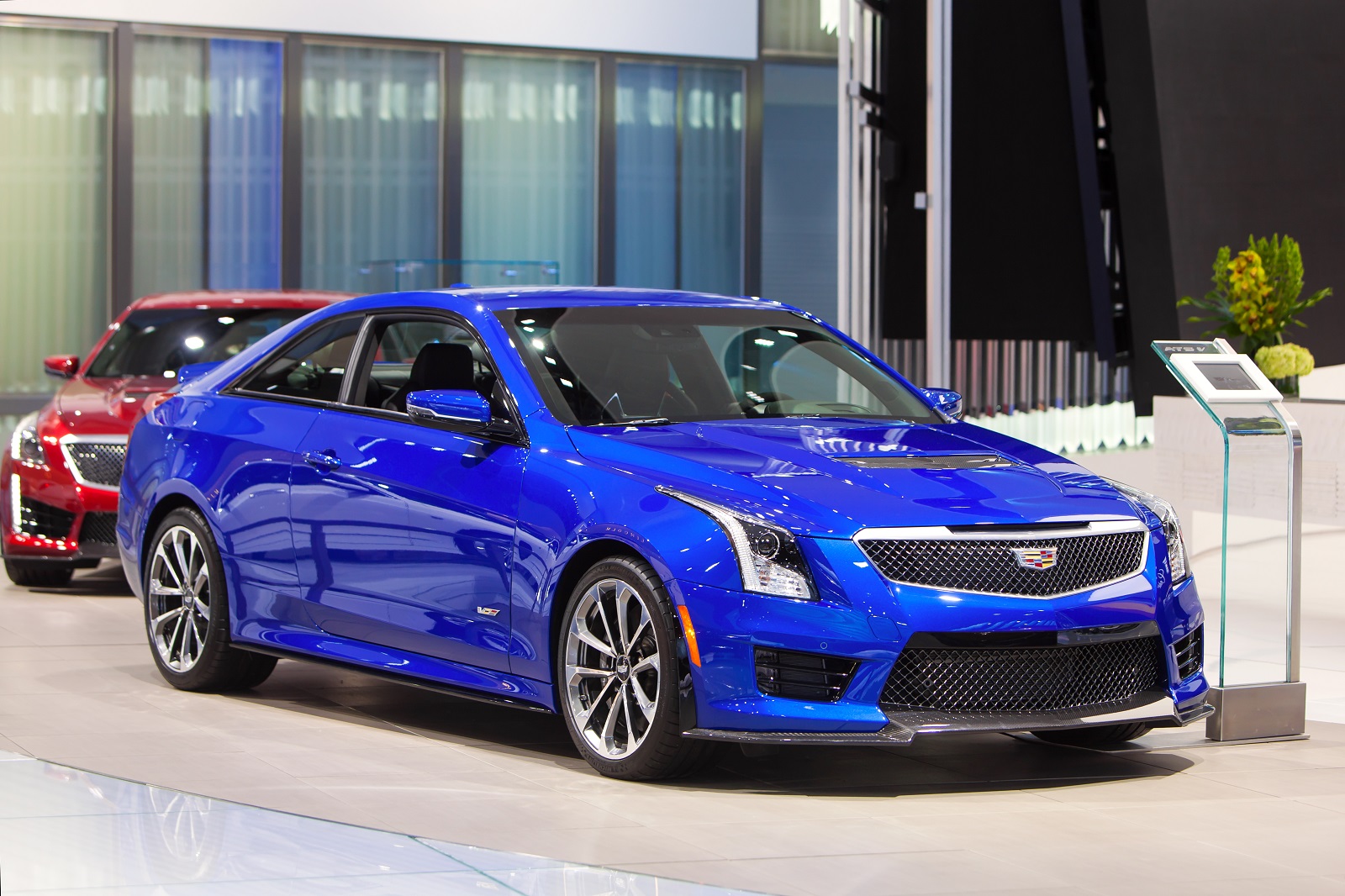
Image Credit: Shutterstock / Darren Brode
The days of rear-wheel-drive sedans are fading fast as automakers prioritize all-wheel-drive systems for better safety and handling. Brands like Lincoln and Cadillac have largely shifted their focus, leaving rear-wheel-drive sedans behind.
10. Pop-Up Headlights
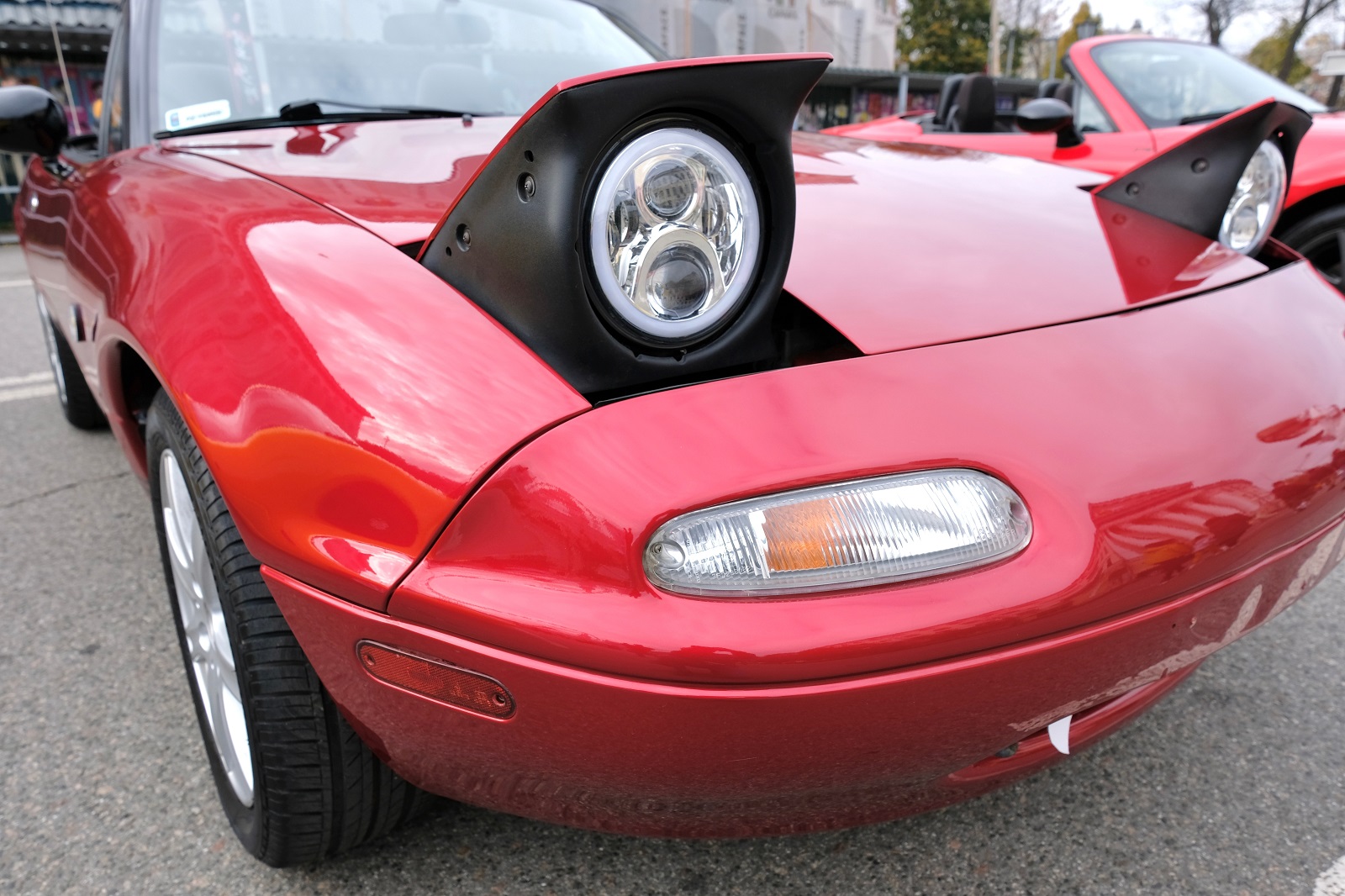
Image Credit: Shutterstock / Doroznik
Pop-up headlights, once a symbol of cool sports cars, are gone thanks to pedestrian safety regulations. The last car to feature them was the 2004 Lotus Esprit, closing the chapter on this quirky and beloved design feature.
11. Cigarette Lighters
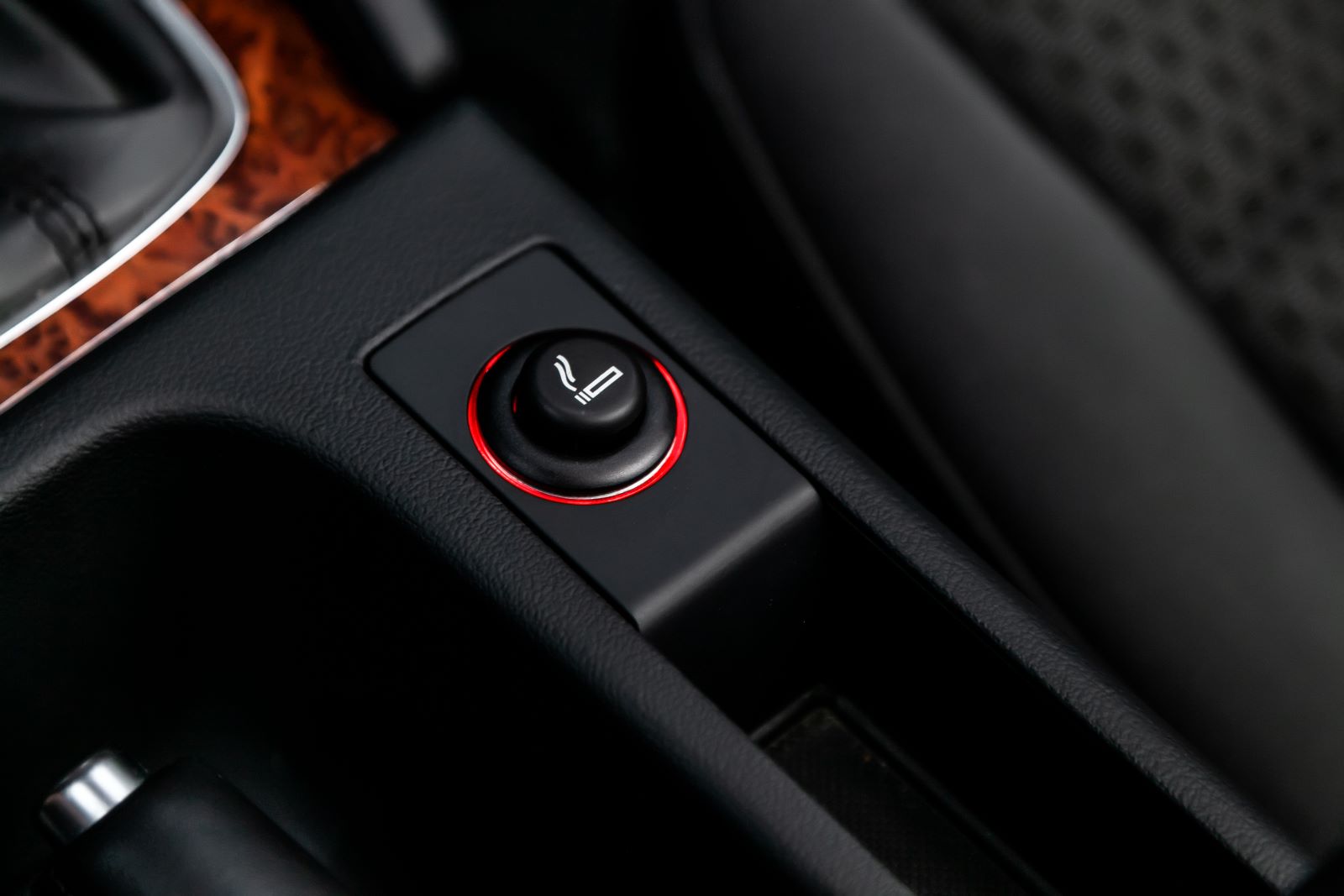
Image Credit: Shutterstock / Everyonephoto Studio
Once a standard in almost every car, cigarette lighters are disappearing. Modern vehicles, like the latest models from Honda and Toyota, often replace these features with extra USB ports or storage spaces.
12. Bench Seats
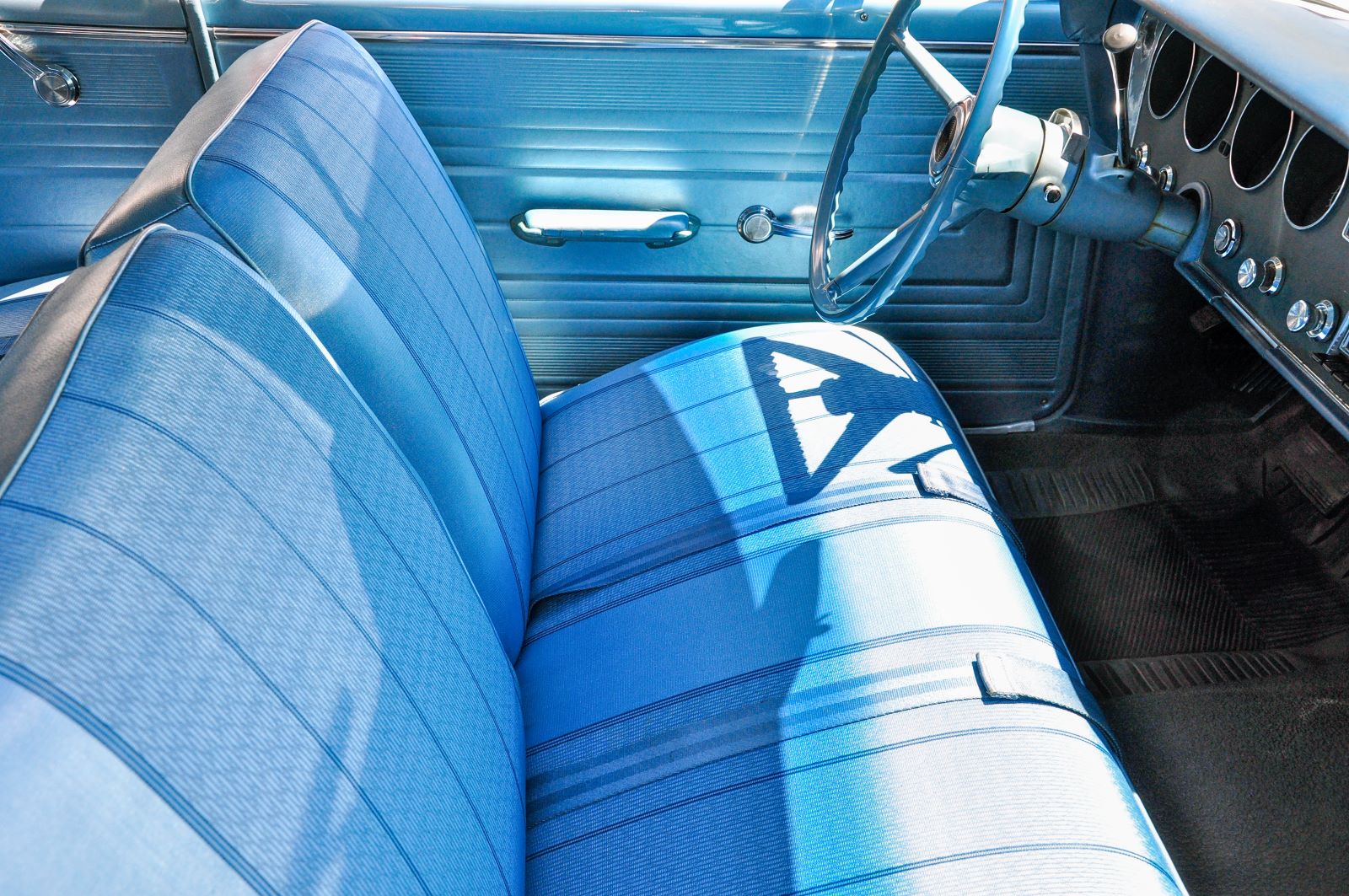
Image Credit: Shutterstock / Joanne Dale
The wide, comfortable bench seat in the front row, which used to be a staple in American cars, has mostly vanished in favor of bucket seats. Chevrolet was one of the last to offer bench seats in its trucks, and by 2014, even those were phased out, signaling the end of an era for those who loved that classic setup.
13. Vent Windows

Image Credit: Shutterstock / illusoryreality
Vent windows, the small triangular windows that could be cracked open for airflow, are a thing of the past. Once a popular feature in cars like the Ford F-100, they were eliminated in favor of sleeker designs and improved air conditioning systems.
14. Flip-Up Rear Glass

Image Credit: Shutterstock / VanderWolf Images
Flip-up rear glass, once common in SUVs and station wagons, is becoming rare. Ford’s Bronco and Explorer models used to boast this convenient feature, but most modern SUVs have opted for a fixed glass design to cut down on production costs.
15. Hood Ornaments

Image Credit: Shutterstock / Ivan Klindic
Hood ornaments, once a symbol of luxury and style, have almost completely disappeared due to changing tastes and safety regulations. Mercedes-Benz is one of the last brands to keep the tradition alive, though even they have limited its availability to only a few models.
16. Column Shifters
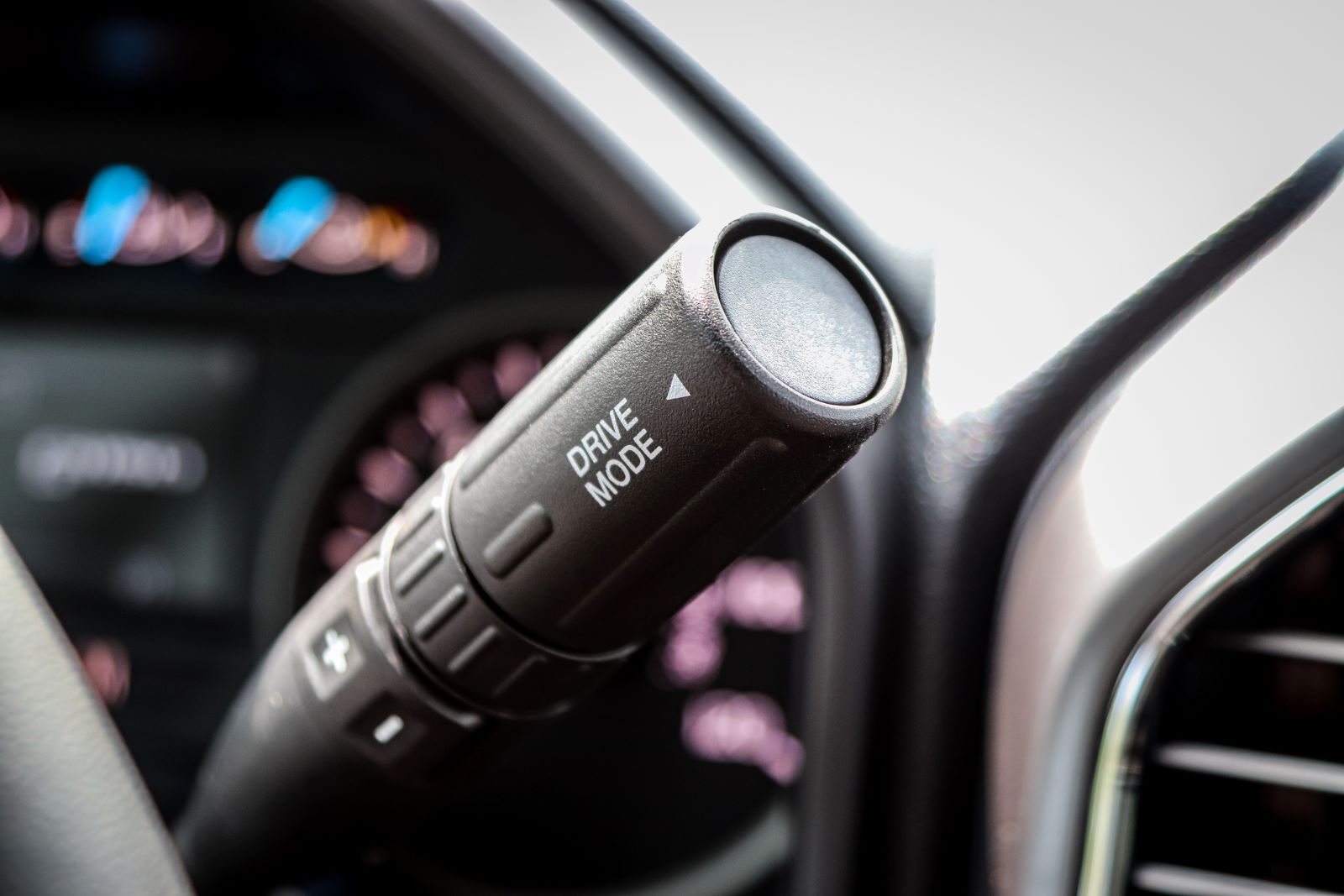
Image Credit: Shutterstock / Nick Shoe
The column shifter, a hallmark of American sedans and trucks, has largely been replaced by center-console or electronic shifters. The Ford F-150, which held onto the column shifter for years, has now started transitioning to newer designs in its latest models, marking the end of this classic feature.
What Have We Lost?

Image Credit: Shutterstock / DimaBerlin
These 16 disappearing car features tell the story of an industry focused on technology, safety, and efficiency, but at the cost of tradition. For those who cherish the golden age of automotive design, these features will be missed, leaving us to wonder what will disappear next.
Police Magnet: 7 Cars That Guarantee You’ll Get Pulled Over

Image Credit: Shutterstock / sirtravelalot
Driving certain cars can make you more noticeable to law enforcement, even if you’re abiding by all the rules. Are you driving one of these “police magnets”? Here are seven cars that seem to attract more police attention than others. Police Magnet: 7 Cars That Guarantee You’ll Get Pulled Over
The Classic Cars That Were Total Clunkers
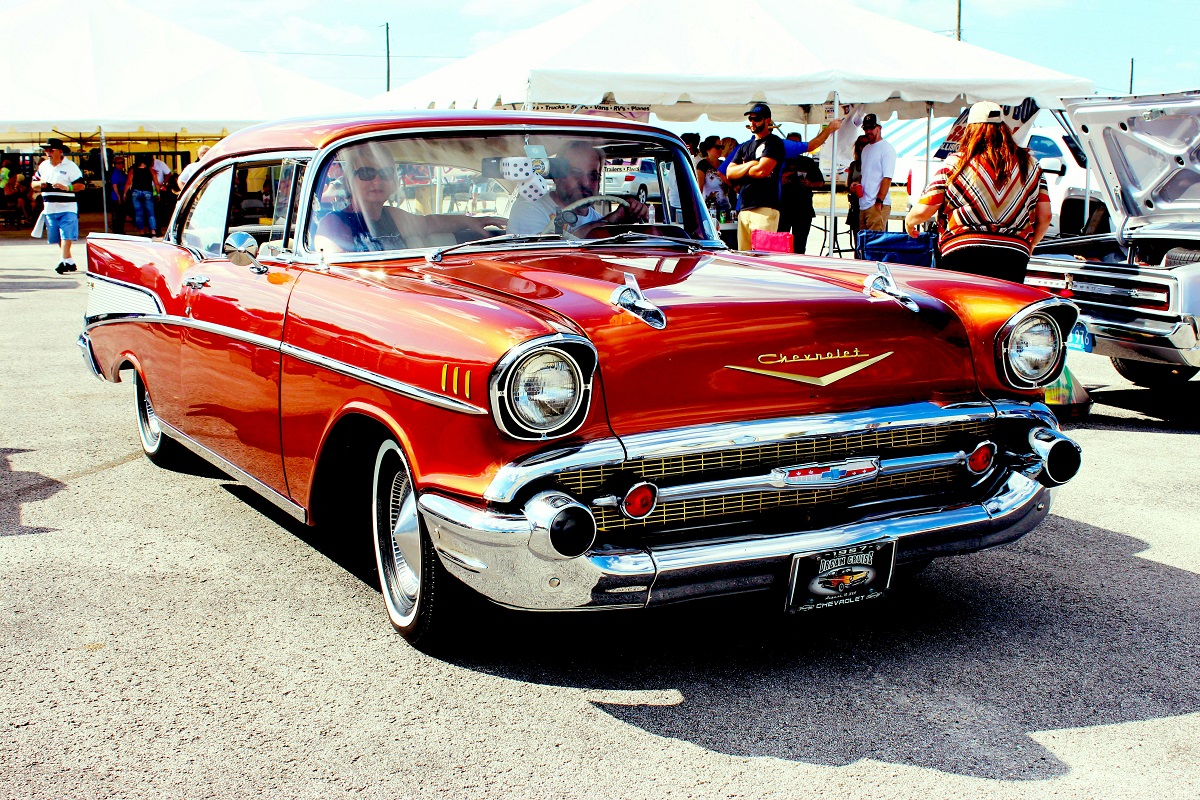
Image Credit: Pexels / Pixabay
Nostalgia has a funny way of making the past seem better than it was, especially when it comes to cars. But here’s the hard truth: some of those “classic” cars your dad raves about were real clunkers. Here’s a closer look at why some of those so-called “classics” weren’t all they were cracked up to be. The Classic Cars That Were Total Clunkers
The Worst U.S. Cars Ever Made: A Retro List
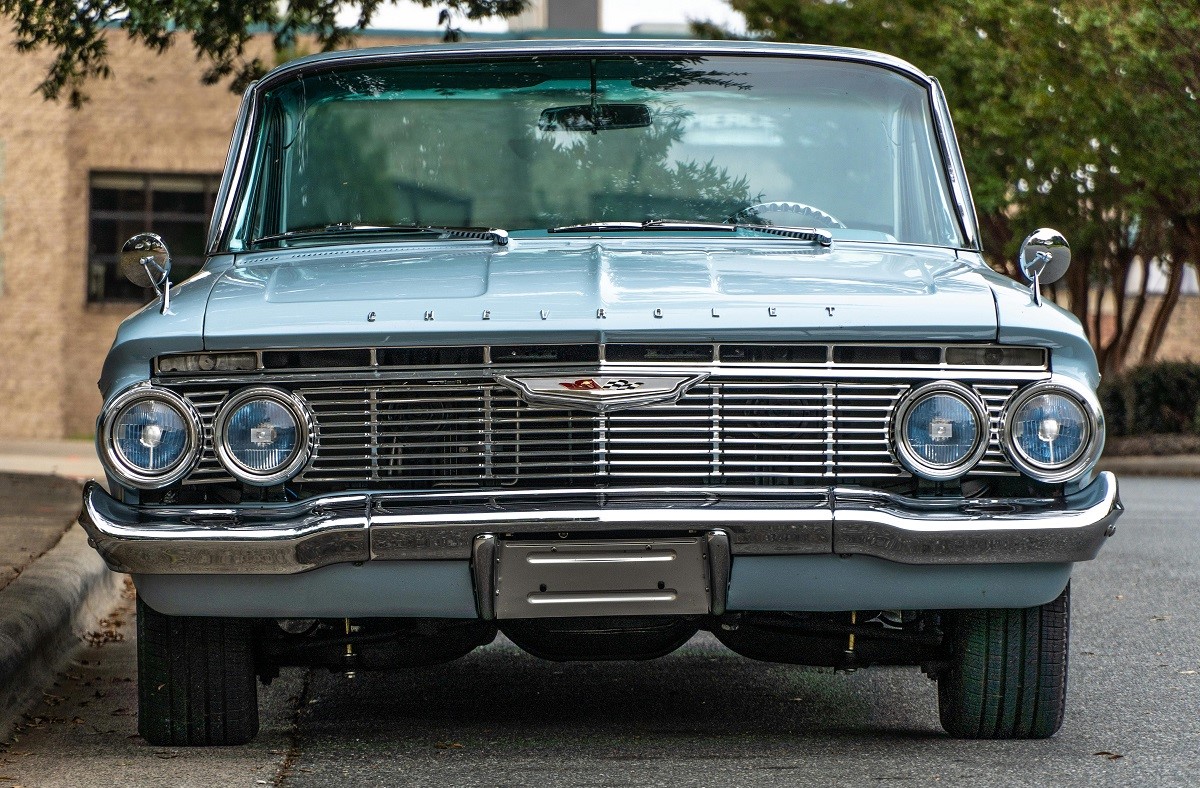
Image Credit: Pexels / Be The Observer
The U.S. auto industry has produced some incredible vehicles, but not every model was a hit. Here’s a look back at 16 of the worst cars ever made in the U.S., each infamous for its own unique flaws. The Worst U.S. Cars Ever Made: A Retro List
Featured Image Credit: Shutterstock / l i g h t p o e t.
The content of this article is for informational purposes only and does not constitute or replace professional advice.
The images used are for illustrative purposes only and may not represent the actual people or places mentioned in the article.
For transparency, this content was partly developed with AI assistance and carefully curated by an experienced editor to be informative and ensure accuracy.


![How to Get More Power Out of A 5.7 Hemi [UPDATED] How to Get More Power Out of A 5.7 Hemi [UPDATED]](https://mechanicinsider.com/wp-content/uploads/2020/12/Get-More-Power-Out-of-5-7-H-211x150.jpg)
